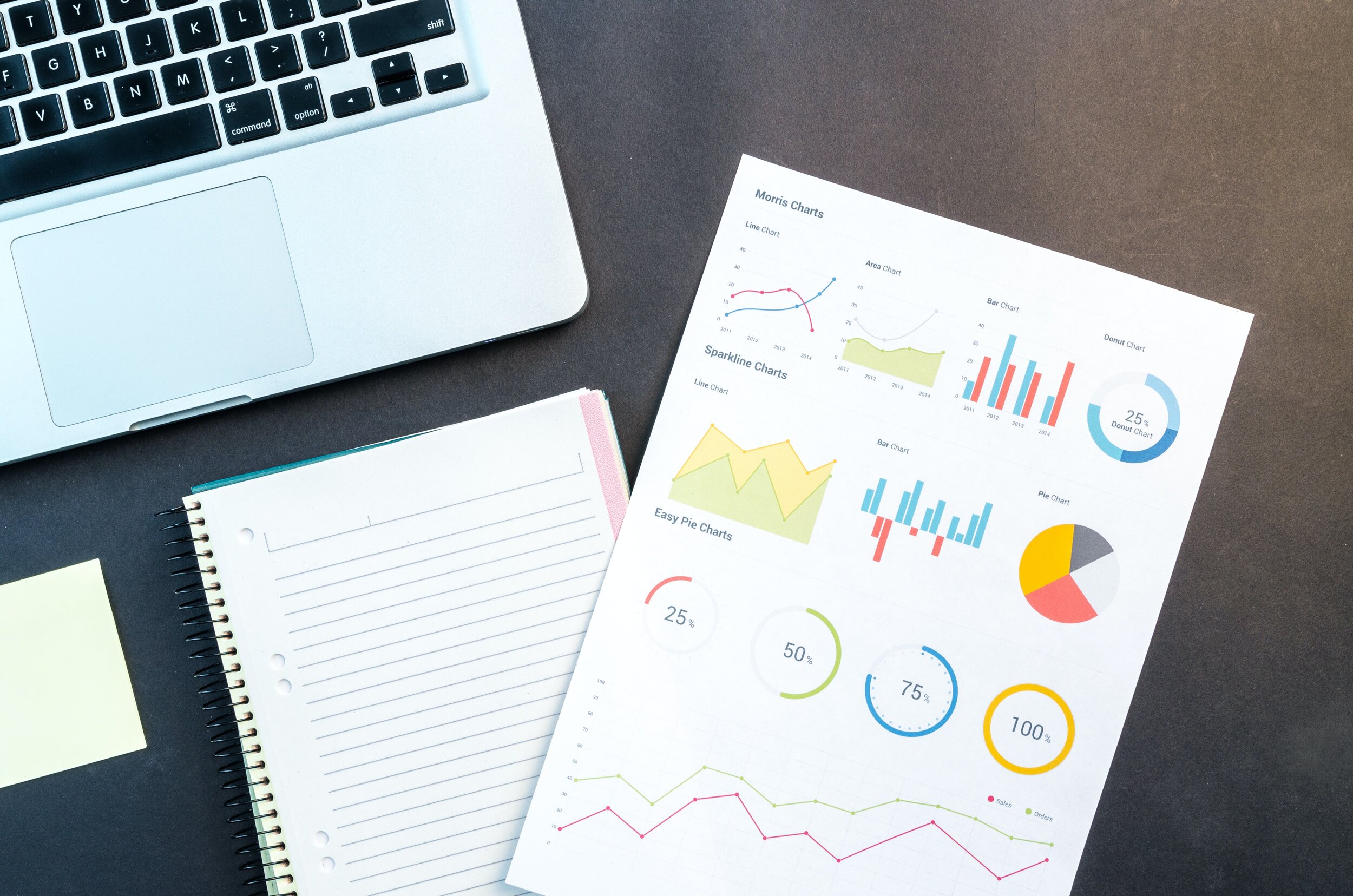Geographic Information Systems (GIS) applications can connect museums with their communities in ways that make project management and decision-making informed and strategic. There are numerous ways that GIS maps can be used—they can provide a picture of who is visiting the museum and how they are interacting with the space once they are there. Additionally, they can aid visitors with their experience of museum collections.
TBT: Dance Through the Lens of Tech
Part 2: Data Analysis and Visualization Methods for the Arts
After data collection, it is necessary to analyze and visualize the data to tell good stories. This process transforms numbers and descriptions into vivid stories that can be used to prove impact to different stakeholders. This post will look at the best practices for data analysis preparations, quantitative and qualitative data analysis methods, data analysis tools, visualization methods, and data visualization tools.
Tools for Measuring Impact and Data Collection in the Arts: Part 1
Nonprofit arts and cultural organizations are designed to serve a community. In the 21st century funding model, they also must find ways to collect the evidence for the impact their work has on their constituents, analyze the data, and effectively tell their stories. The following research provides an understanding of what types of impact can be measured with suggestions on how to measure and visualize findings on a budget.
New White Paper: Open Data and Data Visualization in Arts Organizations
Data collection and communication is an essential tool for effectively managing arts organizations. Data visualization techniques can reveal organizational or industry insights in a manner which is easy for managers to understand and communicate to their stakeholders. Explore sources for open source data, and low cost, high impact data visualization tools in this new white paper.
Telling Stories with Data: 4 Steps to Making Data Visualizations More Readable
Data visualization helps art institutions communicate with internal and external communities more effectively and efficiently. There are a numbers of quality data visualization tools available for free, but how arts managers use these tools defines how effective the data visualization. The following four strategies provide a guideline for arts managers to create data visualization with purpose and impact.
Learning How To Visualize Data: Free & Low Cost Professional Development for Beginners
Data Visualization: An Introductory Experiment with Word Clouds
Take Arts Programs to the Next Level with Open Data
Big Brother's Sweeter Side
There is an emerging opportunity for collaboration in the cultural heritage sector, as archeologists around the globe call for new methodologies to process mass-information about cultural heritage sites. This article unpacks how satellite imagery and geographical information systems are shifting the structure of the cultural heritage sector.














